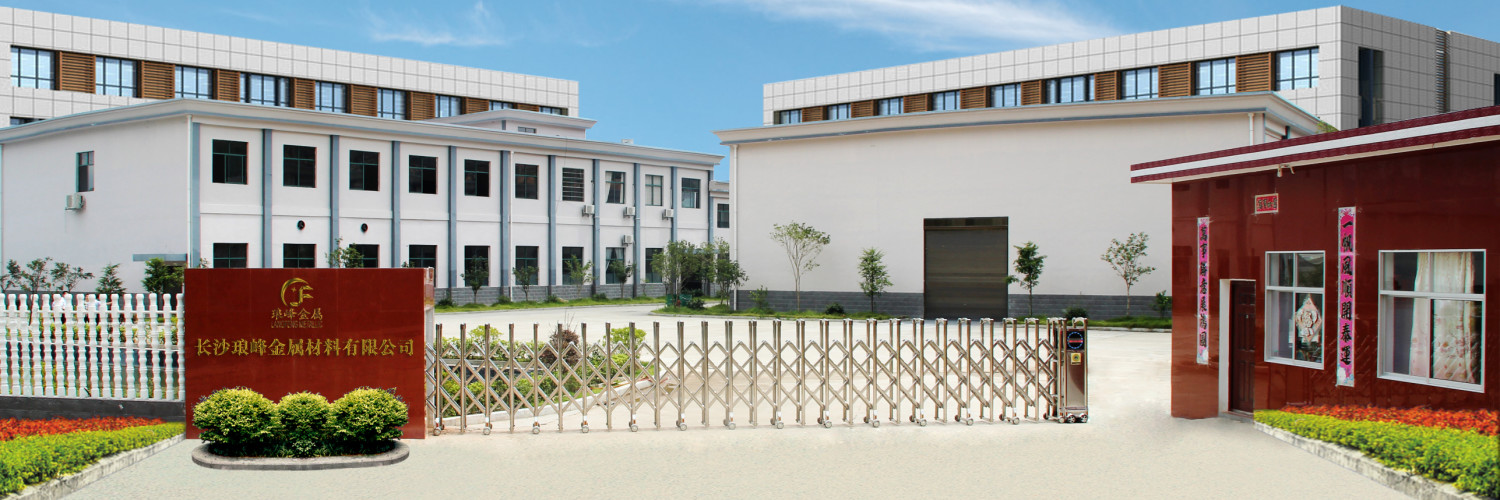Microwave rubber vulcanization of rubber vulcanization natural rubber when heated to 130°C becomes soft and plastic, while it becomes hard and fragile,hard molding, prone to wear, soluble in organic solvents such as gasoline, and it has a double bond in the molecule, prone to addition reaction, easy aging.
Vulcanization (or vulcanisation) is a chemical process for converting natural rubber or related polymers into more durable materials via the addition of sulfur or other equivalent curatives or accelerators. These additives modify the polymer by forming crosslinks (bridges) between individual polymer chains.Vulcanized materials are less sticky and have superior mechanical properties. The term vulcanized fibre refers to cellulose that has been treated in a zinc chloride solution to cross.link the cellulose fibers. It makes rubber more stable, tougher and more resistant to heat, which made it more useful for industrial purposes and ideal for certain products.
This process is called vulcanization. The curing process is generally divided into four stages, Cure induction period (scorch time),- Prevulcanization – vulcanization – sulfur stage. To achieve this reaction, the energy must be applied so as to achieve a certain curing temperature, and then let the rubber vulcanization reaction is incubated to complete all within the vulcanization temperature range.
Microwave.Rubber vulcanization may be employed various methods. The traditional way is using the gum or far infrared heating steam curing process. However, since the heating temperature is slowly by an external heat transfer medium to the inside, because the rubber material is a poor thermally conductive material, it is very slow to transfer the heat from the outside to the inside, and it is of low efficiency, bad vulcanization evenness to heat the rubber to reach the curing temperature. Therefore, a long heating time, low efficiency, poor uniformity vulcanization. In particular, the traditional process, for the elimination of the rubber adhesion, magnesium silicate (talc) is applied, resulting dust filled the air, and dust content far exceeds the national standard of environmental protection department. And the overall state of cure is not satisfactory, this is because, under normal heat transfer conditions, the heating time of surface layer and inside layer of vulcanized rubber varies, which causes the unevenness of vulcanization.
Completely different from the conventional heating way, Microwaves penetrate the rubber and heat the material from core to surface simultaneously, with rapid heating, energy efficiency, greatly reducing the rubber vulcanization time, and improve heating uniformity. It can go through rubber adhesion induction phase in a shorter period of time and go into pre-vulcanization, which gets rid of talc operations and meet environmental requirements. the production process allows the majority of the production process focused on a production line, which assures the high degree of automation, low energy consumption, less manpower, production stability, uniform product quality, greatly improved the production and labor conditions.
Stay tuned for detailed product information company official website: http: //www.langfengmetallic.cn

Be the first to comment on "Technical Principles and Advantages of Microwave Rubber Vulcanization"